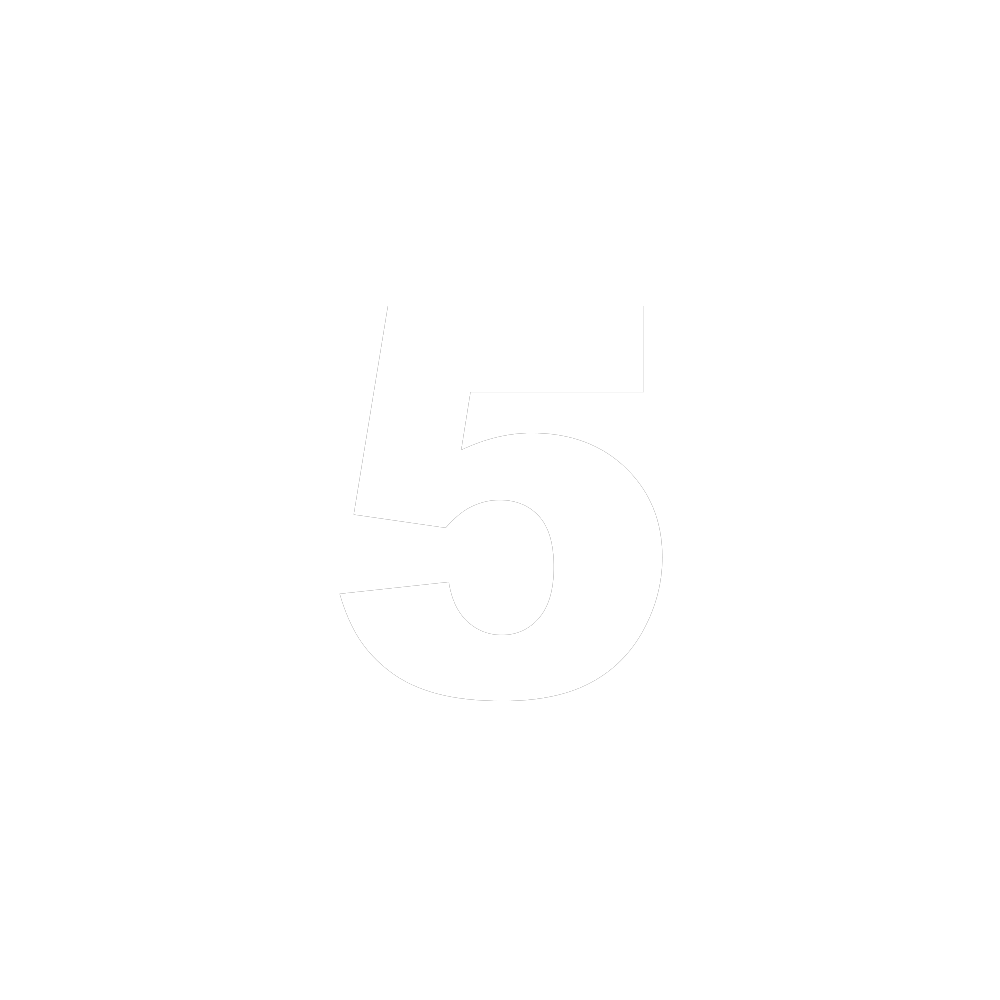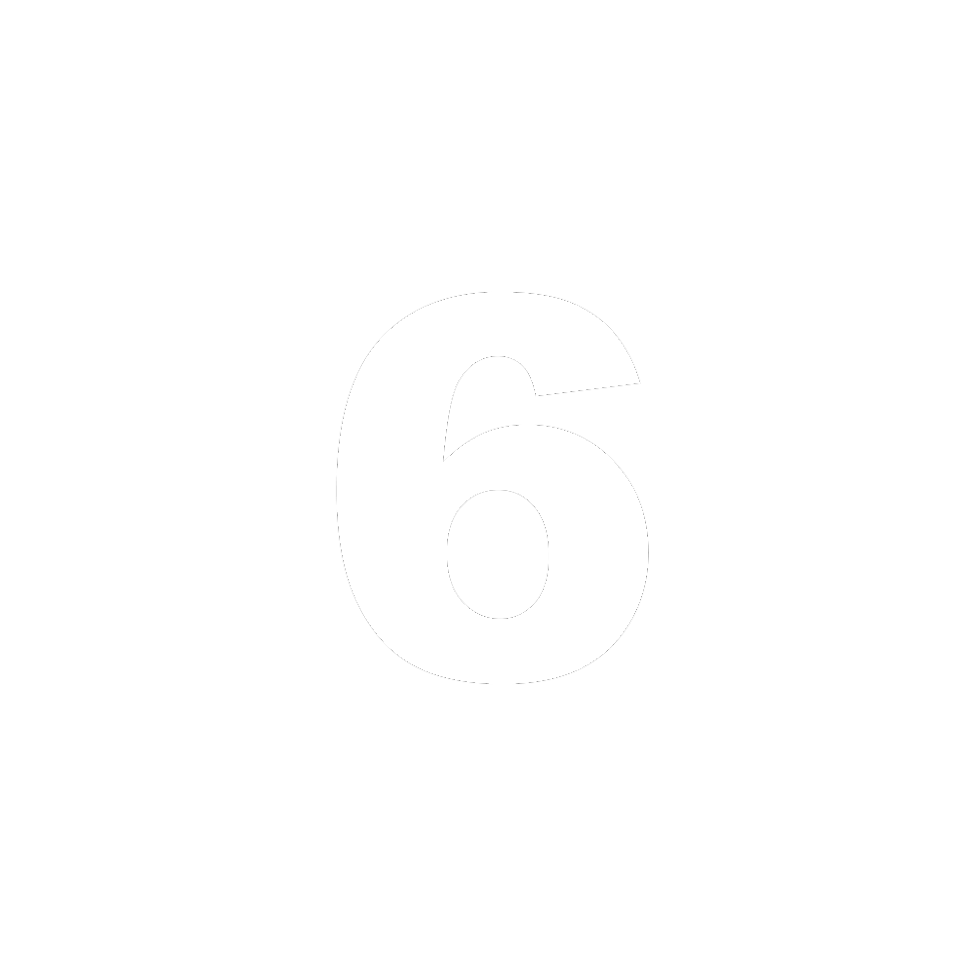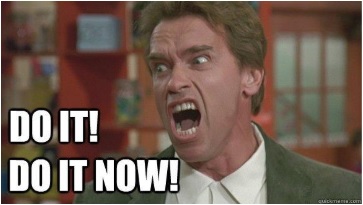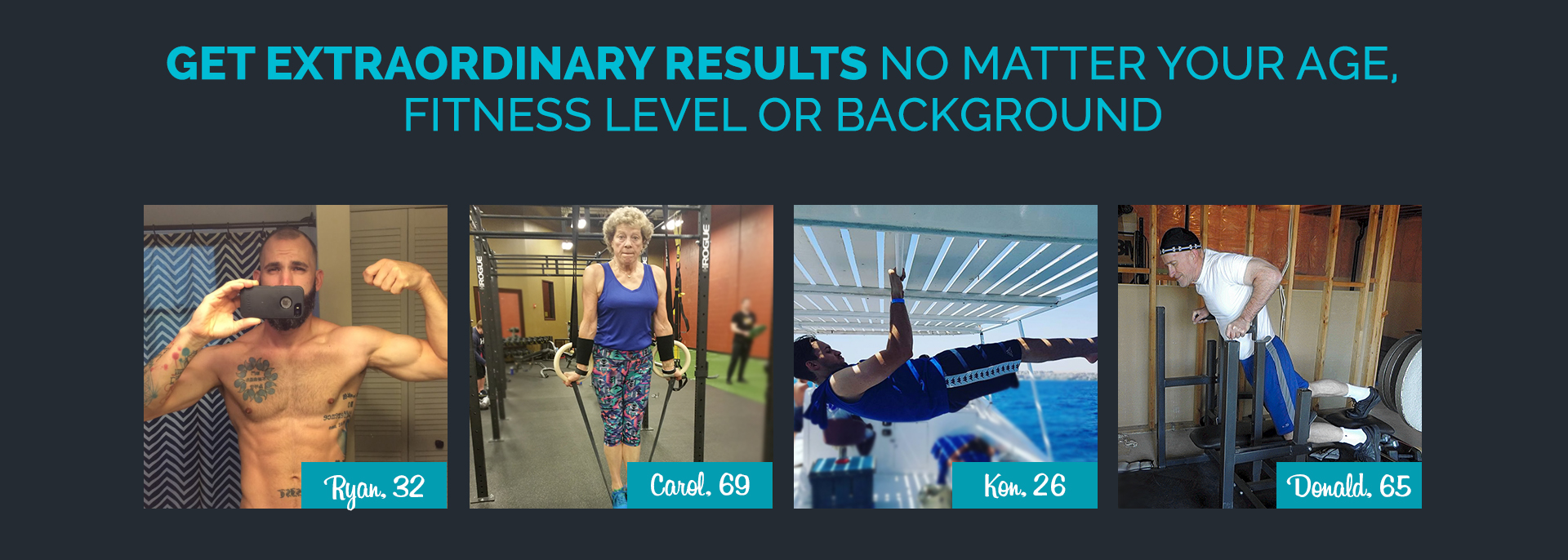Join the tribe of Movement & Calisthenics Athlete – people just like you that are working with their own body weight to get strength, lose fat build muscle, recover from injuries and live their best lives!
How To (FINALLY!) Develop Habits To Improve Your Health
*Disclaimer: This blog contains images of my dog, if that’s not incentive to read on, then I don’t know what is.
I’m sure you’ve all heard the quote, “We are creatures of habit”. This is truer than you probably realize. In fact, according to researchers at Duke University, habits are accountable for up to 40 percent of our behaviors on any given day. That’s almost half our daily behaviors! When we think of habits, we tend to associate them with bad things;
- Using our phones too much
- Staying up late
- Snacking between meals
- Drinking too much caffeine
(I could mention much worse, but we’re only just getting to know each other). This 40 percent isn’t just referring to picking your nose and biting nails, though. Nor is it exclusively made up of just bad habits. No, it includes behaviors that shape our lives and make us who we are, for better or worse. Whether that be our food choices, how often we exercise or taking up smoking.
Now, I’m not one to point the finger or judge, so here’s an example of how, I too, am a creature of habit;
Recently, I decided to rearrange my kitchen, including the location of my fridge; and one of my daily routines is to feed my dog. Anyway, being the fussy dog that he is, means he prefers (demands would be a better choice of word) a mixture of meat and biscuits, requiring me to store his meat in the fridge. But, here’s the interesting part, since moving the fridge I still (10 days later) find myself walking over to where the fridge used to be, why; be
(By the way, for anyone who knows me it will come as no surprise that I managed to squeeze in a story related to my dog…along with pictures)
Now for an example that we can all relate to:
Hands up if you went on Facebook this morning?
We all do it, right? We wake up, reach for our phone, then without even thinking we open that dreaded app and spend the next 10 minutes looking through our timeline (only 10 minutes I hear some of you scream). Some of you may even have a social media ritual, methodically browsing through each one. But have you ever realized how this “just happens”? You know what I mean, it’s as though we do it without even thinking, like it’s automatic, almost like…like it’s a habit!?
(By this point you’re probably thinking to yourself, “Why is this guy talking about his dog and Facebook, and how the hell can it help me reach my health goals!?”.)
All habits follow a certain pattern. They start with a trigger, followed by a routine, and end with a reward. This is known as a feedback loop.
(You may not believe this, but I drew this freehand!)
I’ll use the social media ritual as an example to break this process down.
1. Trigger
You wake up and see your phone next to you. This is the trigger.
2. Routine
You pick your phone up and open Facebook. This is the actual behaviour taking place, and what will become the routine.
3. Reward
You get to watch hilarious videos all morning, like this one here (seriously, it’s hilarious!). Because the outcome is “rewarding”, it is known as a positive feedback loop. If the positive feedback loop is repeated enough times, a habit will be formed.
On the flipside, if the feedback loop is negative, chances are, a habit will not be formed. So, using the same example, let’s look what a negative feedback loop may look like.
1. Trigger
You wake up and see your phone next to you. This is the trigger.
2. Routine
You pick your phone up and open Facebook. This is the actual
3. Reward
You see a picture of that really annoying person (no names mentioned) and their ugly kid. Or worse, a video of a cat!! Seriously, who likes cats!?.
Now, unless you have some strange idea of what reward means, I doubt you’re going to want to repeat that process, hence no habit formation for you.
Ok, so the ugly kid and cat isn’t the best example to use, but hopefully, you get
In simple terms, habit formation is just the process by which new behaviors become automatic. They are things you do often and regularly, sometimes without knowing that you are doing it.
Which conveniently leads me on to Habit Coaching.
Habit coaching is the most simple and effective method of achieving our fitness goals! In fact, I’d go as far as saying it’s the most simple and effective method of achieving almost any goal in life. Big statement, I know!
Habit coaching focuses on momentum, progression, and consistency, not short-term perfection. It uses small, achievable goals which develop into long-term results.
Calisthenics is not dissimilar, it too focuses on momentum, progression, and consistency. It’s a lifelong practice, with many tweaks and changes along the way, resulting in some unbelievable skills. This makes habit coaching an excellent system to compliment your calisthenics training, particularly if you are a beginner.
Key benefits of habit coaching include:
– Realistic goals
– Non-obsessive
– Non-prescriptive
– Simple
– Flexible
– Easily adjustable
– Easily achievable
– Can be applied to almost any goal
– Progressive
–
– Creates self-awareness
– Teaches you skills instead of simply being told what to do
Before I teach you how to build a new, positive habit and incorporate it into your health goals, I have a quick little game for you to try. Ok, so really, it’s just a chance for me to prove a point, but calling it a game sounds less egotistical;
BUT YOU MUST DO IT NOW
Get your phone out and re-arrange the app positions on your phone, particularly the ones you find yourself automatically going on when you open your phone, these will likely be your social media apps (seriously, do it now!). For this to be even more effective, separate your social media apps entirely. You need to stick with the new positions of your apps for at least a week. Now, just sit back and observe for the next week or so. You’ll be surprised by the outcome of this simple change.
DOOOOOOO ITTTTTTT
Now that we have a basic understanding of what a habit is and how powerful they are, it’s time to put this information in to practice.
While this information can be applied to a huge range of areas, I want to ensure it’s transferable to a wide audience, and due to the fact, most of us could benefit from increasing our water consumption, I felt this was the best option. It’s also one of the best starting points for learning about habit coaching because of its adaptability and flexibility.
WATER WATER, EVERYWHERE
Water is by far the most important nutrient in your diet, after
When looking to improve our diet, we usually focus on the food we consume and overlook the water, yet most of us do not get enough of this life-giving nutrient each day.
Think of water as the oil we put in our cars. Fuel, like food, provides energy, while oil, like the water in the body, helps everything to work properly.
Some of the main functions of water are:
– Assists the efficient metabolism of all nutrients
– Helps to carry nutrients and oxygen to cells
– Helps the kidneys to function normally
– Removes waste products
– Lubricates joints
– Helps build and repair the body
– Assists with the regulation of body temperature
– Essential to almost organ in the body
Thirsty for more? OK! – Helps constipation – Makes up between 50%-75% of your body weight – Urination is not the only way we lose water, other ways include; – Defecation (water lost through diarrhea) – Breathing out (water is expired in the breath) – Sweating – Vomiting Adequate water consumption is clearly vital to improving our health. This need for water is only increased with the addition of extra physical activity, or more specifically calisthenics (who likes my tedious link?).
Our bodies store water like a sink without a plug, in one end, and after a due interval, out the other. If we do not keep topping it up, all the water we have consumed is either used or drained away. A simple way to tell if you’re dehydrated is a simple urine check. If it is not clear, then chances are we are dehydrated. We are also already dehydrated by the time we experience the feeling of thirst. Using this information, we can now create a habit which will increase your water consumption, following these 7 steps.
7 Steps to Increase Your Water Consumption

PERSONALISE IT
– Decide upon an amount you would like to drink each day. This should be decided by yourself and must be achievable to you.
– If you currently drink very little, then perhaps you could start with a small amount at each meal, or if you already drink water, but feel you should be drinking more, increasing consistency or total amount could be an option.
– Whichever way you personalise it, you should be 90%-100% confident you can complete this 6 out of 7 days a week, allowing yourself one day off from the habit challenge.

CREATE THE LOOP
– Use a trigger from an already existing habit or
– Some examples; drink water with each meal, drink before and after a dog walk, drink when you wake up etc. – Whatever triggers you decide upon, they must be off the back of pre-existing daily, repeatable

MAKE IT EVEN EASIER
– A
– Each time you finish a glass of water, place a paperclip in the other jar.
– When the other jar has been filled, you’ve reached your goal.
– Make sure the jars are somewhere that you will constantly see them. This will act as a visual cue and a reminder of your daily progression.
– Another method is to fill a large bottle (or multiple, smaller bottles) of water with the amount you plan to drink each day.
– This also acts a visual
– Whichever method you decide upon, you must be confident it will be effective

CREATE A REWARD
– In theory, the fact that you’re consciously aware you’re improving your health will act as a reward, but this alone may not be enough.
– Create a simple habit tracker, or get one HERE.
– Using your habit tracker, you can put a tick, a smiley face, or whatever you like, at the end of each day if you complete you
– We are simple creatures. You’ll be surprised by just how much we like to see a continual chain of symbols (don’t believe me, try it).
– You can, of course, come up with any reward system you wish, although I do discourage using food as a reward as this can create relationships issues with food

WEEKLY REVIEW
– Reflect on the first 7 days
– What has the experience been like?
– Have you learnt anything?
– What do you appreciate?
– Were there any obstacles?
– Is there anything you can do to overcome the obstacles?
– Write this all down, it does not need to be a huge amount of writing.

ADJUST ACCORDINGLY
– Test, measure and adjust- if the new habit is too hard to complete, take it back a step and make it easier
– Remember, it must be achievable, no matter how easy it seems – If everything went well, lengthen and continue
– This slow and gradual development of the habit allows for our mind to accept the discomfort of change
– Over time, the habit will become normal to you, allowing you to develop it further out of your comfort zone, one small step at a time

REMEMBER
– This must all be tailored to you
– It must be you who decides upon the specifics – It must be easy enough to achieve
– Your bladder will need time to allow for these changes, you will find yourself going to the toilet more regularly for the first 7-14 days
Why haven’t I given you a set volume of water to drink, like the whole “8 glasses a day” thing?
Well, if you read this blog all the way through instead of skimming (yeah, I’m talking to you!), then you’ll remember that habit coaching is about learning and self-awareness, it’s about you creating simplistic, flexible, non-obsessive goals, not prescriptive numbers set by someone else.
It may feel very repetitious at times, following the same process every day, but this is how we learn any new skill in life; practice and repetition. We are creating an automatic
This type of
If this all seems a bit too easy, then bare this in mind; The only way to increase water
Think about many of the current diet protocols, macronutrient splits, calorie counting, paleo diet, removing all bad foods (no such thing as bad foods by the way, but that’s a blog for another day) etc.
These approaches are simply not appropriate for someone starting out health improvements, they’re too prescriptive, over complicated and not sustainable.
On the flip side, by creating small, achievable goals, progress will inevitably follow, albeit at a steadier rate. But which would you prefer, slow, steady, long term results; or a short term, quick fix? The same principles apply to calisthenics (teeeeedious link).
Remember health improvement is a lifetime goal, not a momentary quick fix. We can, and should aim to improve and maintain our health until the day we die. As the saying goes, “It’s a marathon, not a sprint”.
I hope you enjoyed reading this, and that it proves to beneficial to you, thank you very much for reading.
If you would like more information regarding habit coaching, and the many ways it can be incorporated to your health goals, then please feel free to drop me an informal email to bridgesluke89@gmail.com ONE LAST THING…
READY TO GET ON THE JOURNEY OF A LIFETIME?
See what our users are saying:
“Would you rather have the ability to boast of bench pressing 300 pounds or to do a one-arm pull-up? To me, pulling my entire body up with one arm is much more impressive. – Michael – The Movement Athlete Academy User”
“The Movement Athlete Academy is not the kind of program that demands you to be this physically fit to be able to perform. Instead, it caters to your own strengths and capabilities and keeps track of your progress.”
“Stick with it! It is hard at first, especially if you are stuck on a lower-level, high rep exercise. But persevering is worth it! Finally reaching each goal is so exciting.”












